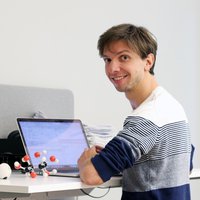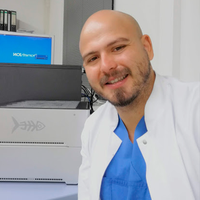Biotechnology & medicine
Lingjie Kong
Breakthroughs in neuroimaging allow real-time observation of neural network activity across brain regions in conscious animals

MENA
Sadeem Al Marri
Created a 3D printed robotic hand that translates Arabic texts.

Europe
Francesco Gatto
His liquid biopsy based on the metabolism could quickly predict the evolution of several types of cancer and fine-tune treatments

Latin America
Eric Dijkhuis
Thanks to 3D printing, his NGO manufactures low-cost prosthetics and tools for people with amputated limbs

Latin America
Luis Azmitia
He fights off brain tumors by sequencing them in a matter of hours from the operating table to accelerate the diagnosis
